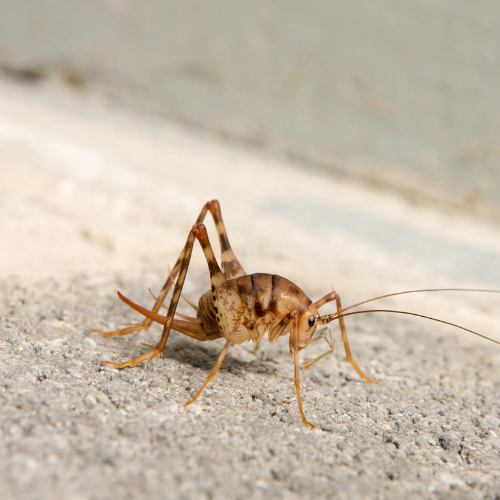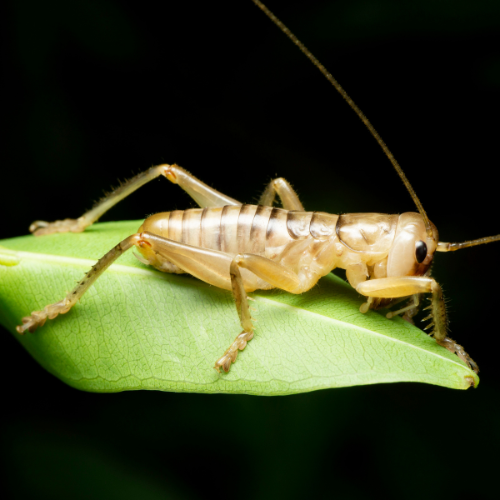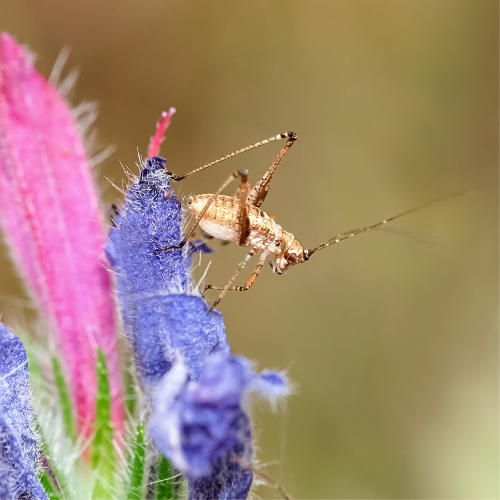Cave Camel Crickets
Introduction to
Camel crickets, also known as cave crickets or spider crickets, are a common household nuisance, especially in damp and dark environments. This guide provides detailed information on how to recognize, understand, and manage camel crickets, including preventive measures and professional pest control solutions.
Recognition
Camel crickets are named for their humpbacked appearance, which resembles a camel’s hump. They are typically light to dark brown and can grow up to 1.5 inches in length. Their most distinctive features are their long, spindly legs and large hind legs, which they use for jumping. Unlike other crickets, camel crickets do not produce chirping sounds because they lack sound-producing organs. Their antennae are long and can often be as long as their body. They are often found in basements, crawl spaces, and other damp, dark areas of homes.
Biology
Camel crickets belong to the family Rhaphidophoridae and are not true crickets. They undergo incomplete metamorphosis, developing from eggs to nymphs to adults without a pupal stage. Females lay eggs in moist soil or organic debris, which hatch into nymphs that resemble smaller versions of the adults. Nymphs go through several molts before reaching maturity. Camel crickets primarily feed on organic materials such as fungi, decaying plant matter, and occasionally fabric or paper products, making them scavengers rather than direct pests.
Habits
Camel crickets are nocturnal and prefer dark, moist environments. They are often found in caves, under logs, stones, and in other damp locations outdoors. Indoors, they are commonly found in basements, crawl spaces, utility rooms, and bathrooms. Camel crickets are solitary and do not form large groups, but they can become a nuisance if they find their way into homes in search of food and shelter. They are known for their strong jumping ability, which can startle people but is a defense mechanism to evade predators.
Prevention
Preventing camel cricket infestations involves reducing moisture levels and eliminating entry points. Use dehumidifiers in basements and crawl spaces to keep these areas dry. Seal cracks and gaps around doors, windows, and foundations to prevent crickets from entering. Store firewood and other organic materials away from the house and elevate them off the ground to reduce potential hiding spots. Regular cleaning and decluttering can also help by removing potential food sources and hiding places.
Professional
When camel crickets become a persistent problem, professional pest control services can provide effective solutions. STL Pest Control offers comprehensive inspections and customized treatment plans to address camel cricket infestations. Their methods include moisture control recommendations, sealing entry points, and targeted treatments to eliminate existing crickets. Professional services ensure that the infestation is managed efficiently and safely, reducing the inconvenience and potential damage caused by these pests.



Our Office









